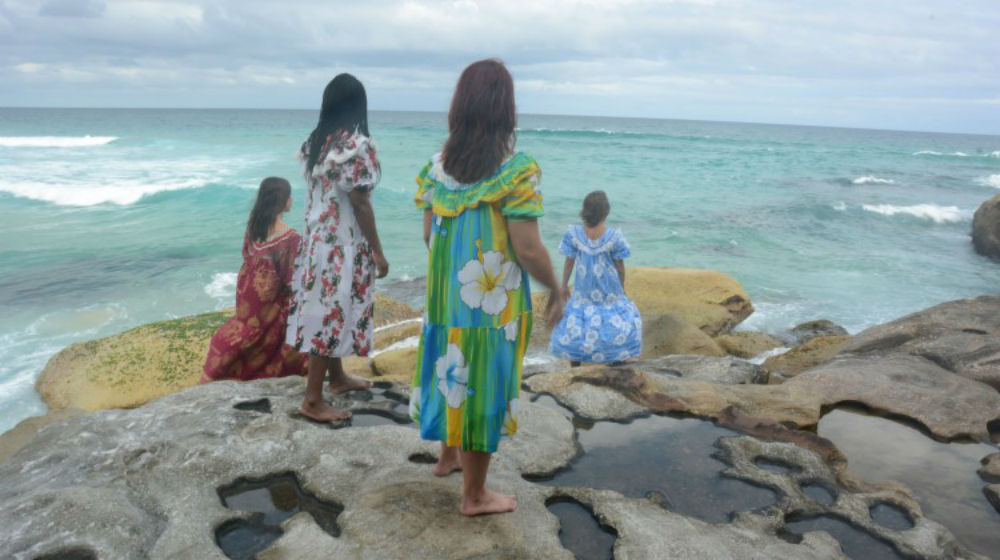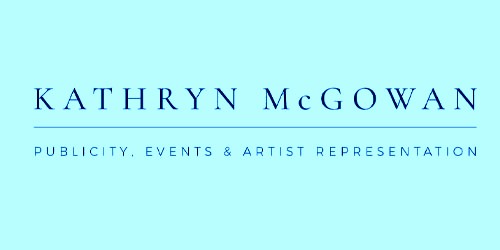Winds Of Woerr
Tandanya National Aboriginal Cultural Institute’s Theatre, Thu Mar 12
As an introduction to Torres Strait Islander culture – each and every audience member is greeted and welcomed on arrival. Then en masse we’re taught ‘yes thank you’ in the local Criol, as preparation to ‘meet’ the very traditional mother, whose voice acts as a narrator, in this instance quizzing her daughter about whether suitable welcoming protocols have been followed – emphasizing the respect for culture and elders, as well as introducing the humour of our indigenous population.
This piece is the work of Ghenoa Gela and she has enlisted the help of both indigenous and non-indigenous dancers in this work in what appears to be a culturally appropriate manner (from details in the program). We’re introduced to the geography, costumes and some elements of the culture, through dialogue and dance. The dancers are introduced as the four main winds of the Torres Strait, Kuki (Monsoon wind), Sager (rough wind), Naigai (warm summer wind) and Ziai (warm wind in other seasons). They dance together and then perform their own solo piece. Costumes reflect Torres Strait culture and the large head dress doubles as a quite effective shaker for musical effect.
I particularly enjoyed the foot percussion, as the group/winds blew around the Islands (represented by coconuts), and the variation of beats and rhythms in dancing steps. Some of the group work had the precision of physical theatre. All up a thoroughly enjoyable experience, cultural as well as entertaining.
Clayton Werner
Winds Of Woerr Tandanya National Aboriginal Cultural Institute’s Theatre, Thu Mar 12 As an introduction to Torres Strait Islander culture – each and every audience member is greeted and welcomed on arrival. Then en masse we’re taught ‘yes thank you’ in the local Criol, as preparation to ‘meet’ the very traditional mother, whose voice acts as a narrator, in this instance quizzing her daughter about whether suitable welcoming protocols have been followed – emphasizing the respect for culture and elders, as well as introducing the humour of our indigenous population. This piece is the work of Ghenoa Gela and she has enlisted the help of both indigenous and non-indigenous dancers in this work in what appears to be a culturally appropriate manner (from details in the program). We’re introduced to the geography, costumes and some elements of the culture, through dialogue and dance. The dancers are introduced as the four main winds of the Torres Strait, Kuki (Monsoon wind), Sager (rough wind), Naigai (warm summer wind) and Ziai (warm wind in other seasons). They dance together and then perform their own solo piece. Costumes reflect Torres Strait culture and the large head dress doubles as a quite effective shaker for musical effect. I particularly enjoyed the foot percussion, as the group/winds blew around the Islands (represented by coconuts), and the variation of beats and rhythms in dancing steps. Some of the group work had the precision of physical theatre. All up a thoroughly enjoyable experience, cultural as well as entertaining. Clayton Werner
Winds Of Woerr Performs At Tandanya – Adelaide Fringe Review
Winds Of Woerr Performs At Tandanya – Adelaide Fringe Review
2015-03-13
Clayton Werner
Clayton Werner
80
A thoroughly enjoyable experience, cultural as well as entertaining.
User Rating: Be the first one !
80




